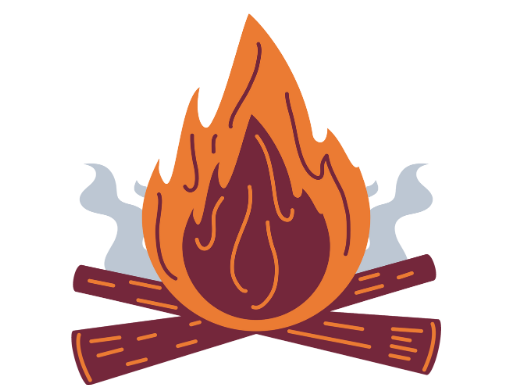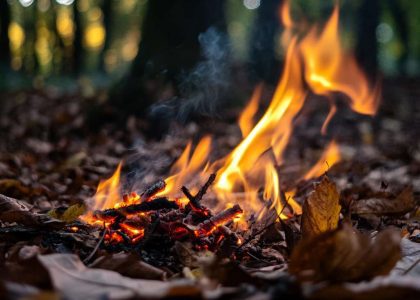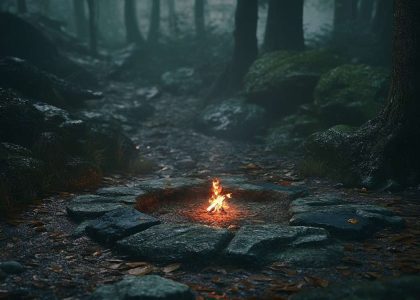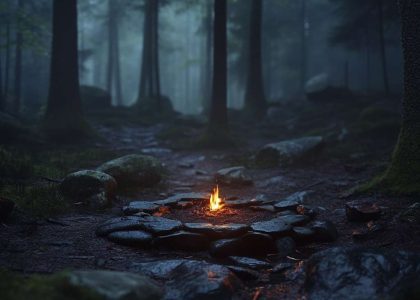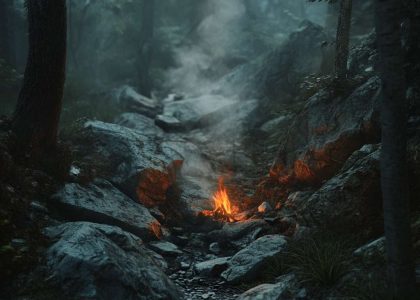Are you struggling to start a fire with green or wet wood? Understanding how moisture content affects ignition is vital for any outdoor enthusiast. 💡 In this article, we’ll explore the reasons why using dry wood is often recommended for campfires, fireplaces, and outdoor grilling, guiding you through the techniques that can optimize your fire-starting experience.
From the science of combustion to practical tips involving natural fire starters and effective fire-laying techniques, we’ll equip you with the knowledge needed to master fire making in challenging conditions. Whether you’re warming up on a chilly night or cooking up a feast, learning how to combat the challenges posed by wet wood will ensure your outdoor adventures remain enjoyable and safe.
What Is Green or Wet Wood and How Does It Affect Fire Starting?
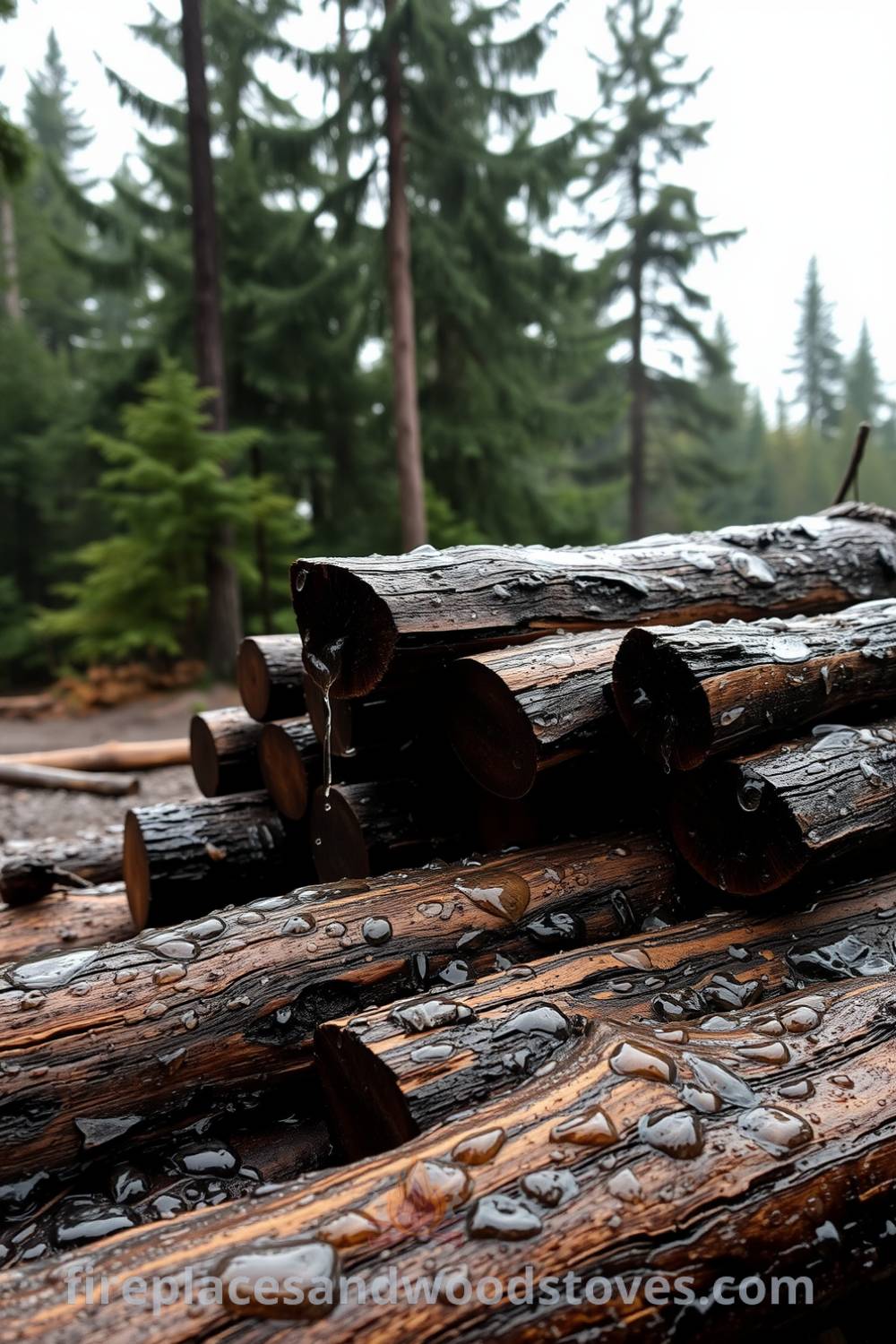
Understanding the challenges of using green or wet wood is crucial for effective fire starting. Here’s how moisture content impacts your fire:
- High Moisture Content: Green wood, freshly cut, retains a significant amount of moisture, often between 50% and 100%. This high moisture level makes ignition difficult, as the energy needed to evaporate the water reduces the heat available for combustion.
- Reduced Efficiency: The fire’s energy is consumed in drying the wood, leading to a lower overall heat output. This inefficiency can hinder cooking or heating efforts, making it less effective for home use.
- Smoke and Air Quality: The excess moisture results in more smoke release, which can impact air quality. This smoke production can be particularly problematic indoors, contributing to respiratory issues and creosote buildup in chimneys.
- Using Fire Starters as a Solution: To overcome these challenges, moisture-resistant fire starters provide a reliable ignition source, allowing for improved combustion and a more effective fire performance.
For those interested in optimizing their fire setup, understanding fire starter burn times can provide valuable insights. 🔥
Why Is Dry Wood Preferred for Starting a Fire?
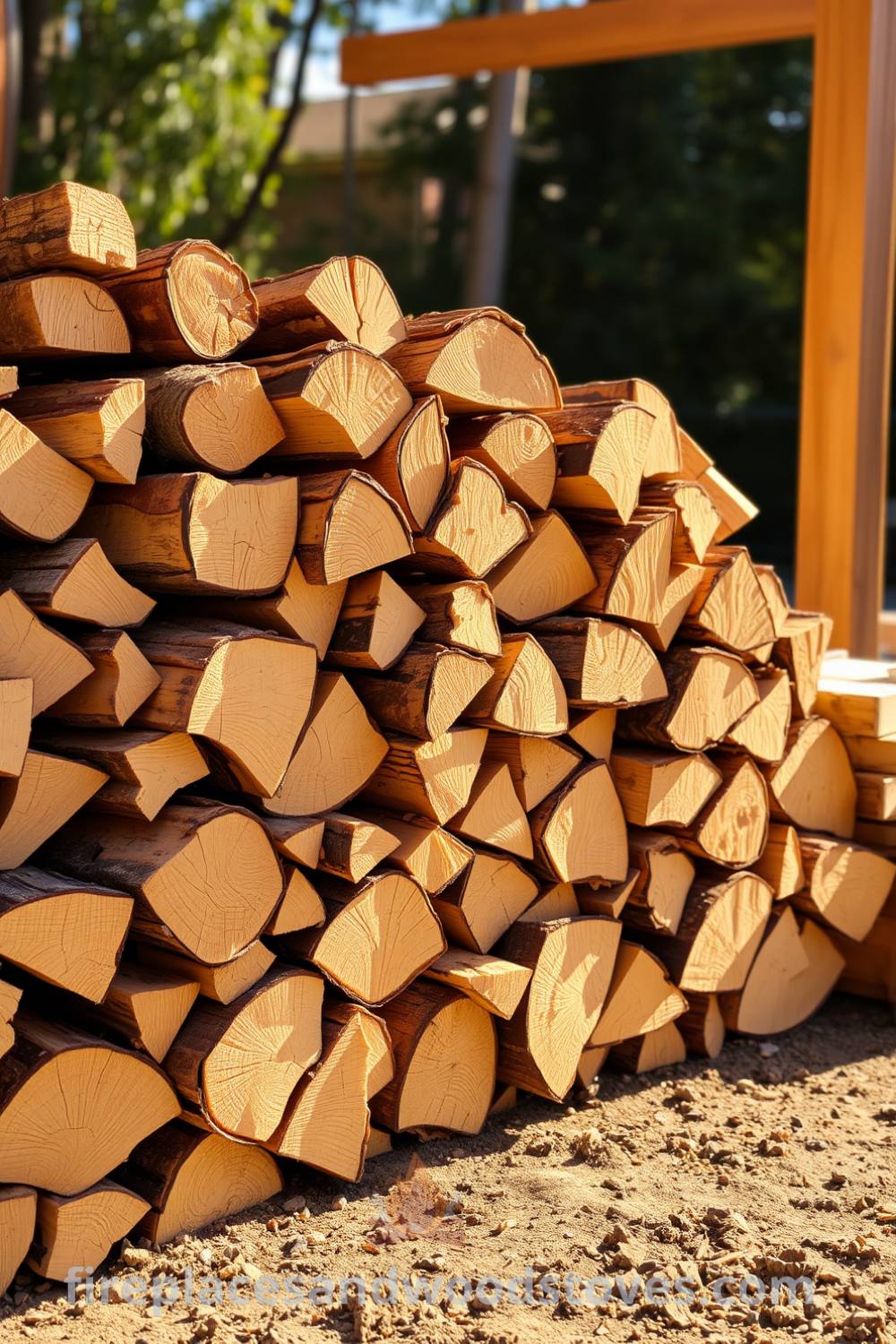
Choosing the right type of wood is crucial for efficient fire starting. Here’s why dry wood is the preferred choice:
- Quick Ignition: Dry wood, with a moisture content below 20%, ignites with minimal effort, making it ideal for quick starts in both indoor and outdoor settings.
- Effective Heat Generation: Dry wood burns hotter and more efficiently since it does not waste energy on moisture evaporation, making it perfect for both heating and cooking.
- Cleaner Burning: The combustion of dry wood produces significantly less smoke, which is beneficial for maintaining indoor air quality and reducing cleanup efforts.
- Lower Risk of Creosote Buildup: Using seasoned wood helps prevent creosote accumulation in chimneys, ensuring safer operation of your heating appliances.
Firewood Comparison: Dry vs. Green
| Attribute | Dry Wood | Green Wood |
|---|---|---|
| Moisture Content | Below 20% | 50-100% |
| Ignition Time | Quick | Slow |
| Heat Output | High | Low |
| Smoke Production | Minimal | High |
| Creosote Risk | Low | High |
For those looking to enhance their fire-starting setup, exploring outdoor fire pit ideas can provide inspiration for creating a cozy and inviting atmosphere. 🔥
How Do Natural Fire Starters Help with Wet or Green Wood?
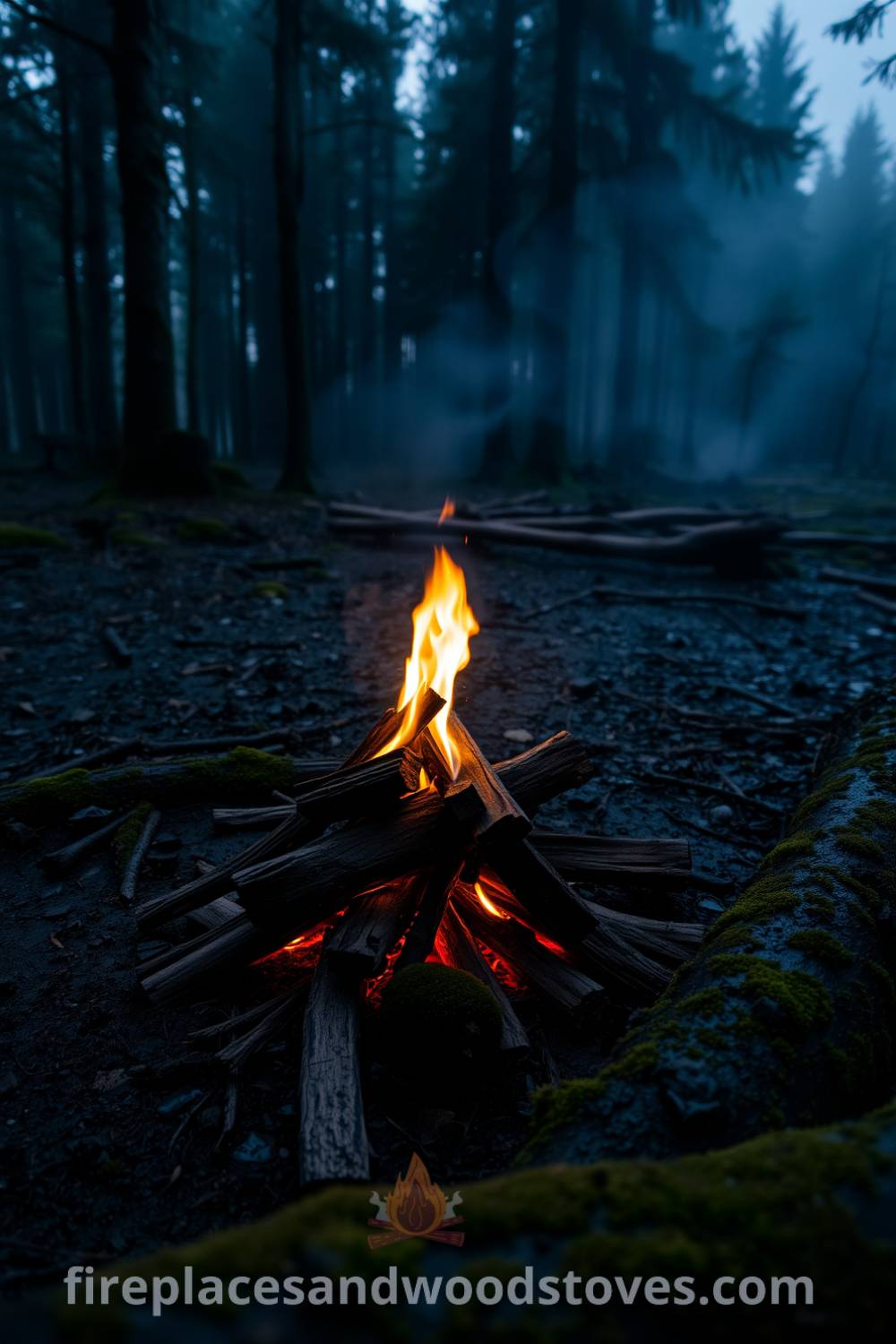
When dealing with the challenges of igniting wet or green wood, natural fire starters can be indispensable. Here’s how they assist in overcoming these obstacles:
- Water-Resistant Features: Many natural fire starters are designed to resist moisture, providing a dependable ignition source even in challenging, damp conditions.
- Fast Ignition Capability: Their construction allows them to catch fire quickly, reducing the time necessary to ignite stubborn wood pieces.
- Steady Burn Duration: Most fire starters offer a consistent burn time, which gives wet wood enough opportunity to ignite effectively.
- Eco-Friendly Options: These starters are often made from biodegradable materials, making them a sustainable choice for environmentally conscious campers and homeowners.
Variety of Natural Fire Starters
| Type | Materials | Burn Time |
|---|---|---|
| Wood Shavings | Natural wood | 2-5 minutes |
| Cotton Balls | Cotton, wax | 5-10 minutes |
| Fatwood | Resin-rich wood | 10-15 minutes |
| Waxed Paper | Wax, paper | 3-8 minutes |
Incorporating these fire starters into your routine enhances the overall fire-starting experience, particularly when faced with wet wood challenges. For practical optimization, consider exploring outdoor fire pit ideas that encourage a cozy gathering atmosphere. 🔥
*As an Amazon Associate I earn from qualifying purchases
What Techniques Can You Use to Start a Fire with Wet Wood?

Starting a fire with wet or green wood can be difficult. However, specific techniques can increase your chances of success:
- Gather Dry Tinder and Kindling: Even damp environments harbor dry tinder. Collect materials like dead branches or wood with dry interiors, and consider creating feather sticks by shaving wood into thin curls for better ignition.
- Combine Fire Starters: Natural fire starters should be employed in conjunction with seasoned wood and dry kindling for optimal results.
- Craft an Effective Fire Lay: Use a fire lay design such as the teepee or log cabin to maximize airflow, which is crucial when working with damp materials.
- Provide Shelter: Construct your fire in a protected location to shield it from rain and wind, ensuring more stable burning conditions.
Checklist for Starting a Fire with Wet Wood
- ✅ Gather dry tinder and kindling
- ✅ Choose a sheltered location for your fire
- ✅ Prepare natural fire starters
- ✅ Ensure correct fire lay structure
- ✅ Monitor wind and rain conditions
By utilizing these practical methods, igniting a fire with wet wood becomes more manageable, even in less than ideal conditions. For those committed to enhancing their fire-starting strategies, delving into outdoor fire pit ideas offers inspiration for unique setups. 🔥
What Safety Precautions Should You Follow When Using Wet Wood?
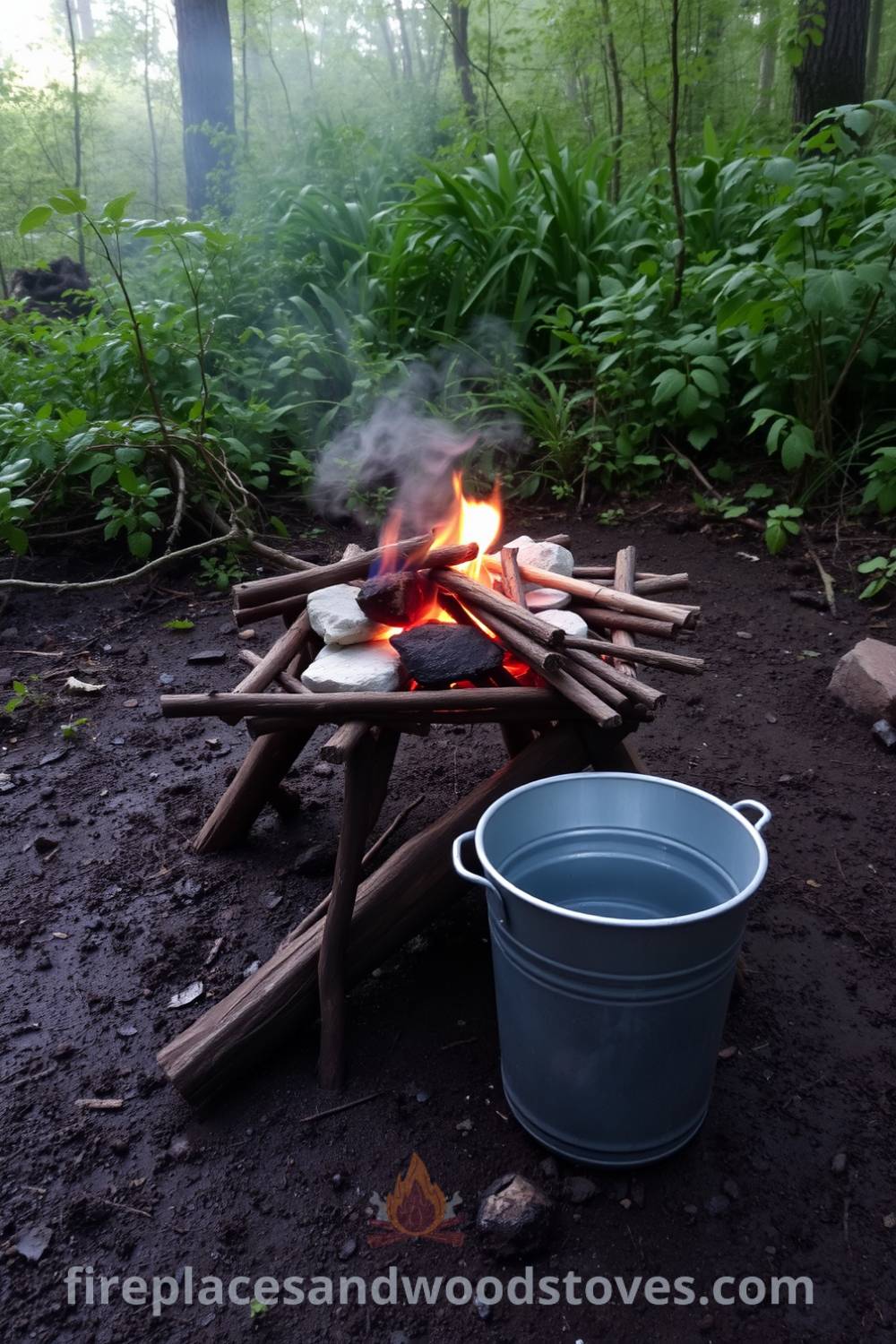
Using wet or green wood for fire starting requires careful attention to safety. Here are key precautions to consider:
- Avoid Burning Freshly Cut Wood: Green wood leads to cooler fires and increased smoke, which poses various fire risks. Opt for dried, seasoned wood whenever possible.
- Employ Proper Fire Starters: Choose fire starters that ignite easily while providing a consistent burn, even in damp conditions.
- Storage Practices: Elevate firewood off the ground and cover only the top to allow for adequate airflow, reducing moisture absorption.
- Create a Fire Platform: In wet settings, build a dry platform using materials like stones or boards to keep the fire off the damp ground.
- Regular Maintenance: Schedule regular chimney cleanings and checkups to ensure safety if you regularly use wet wood.
Common Beginner Mistakes
- 🚫 Not preparing dry kindling and tinder, which is crucial for successful ignition.
- 🚫 Igniting a fire without considering wind patterns, leading to extinguished flames.
- 🚫 Overloading the fire with wet wood, which can snuff out the flames prematurely.
- 🚫 Ignoring fire safety standards, risking damage or injury.
By taking these precautions, you can effectively and safely start a fire with wet wood. Leveraging the techniques and insights provided ensures a warm and enjoyable experience. For those seeking further information, examining outdoor fire pit ideas can aid in crafting an inviting atmosphere. 🔥
🎒 Essential Tools for Reliable Ignition
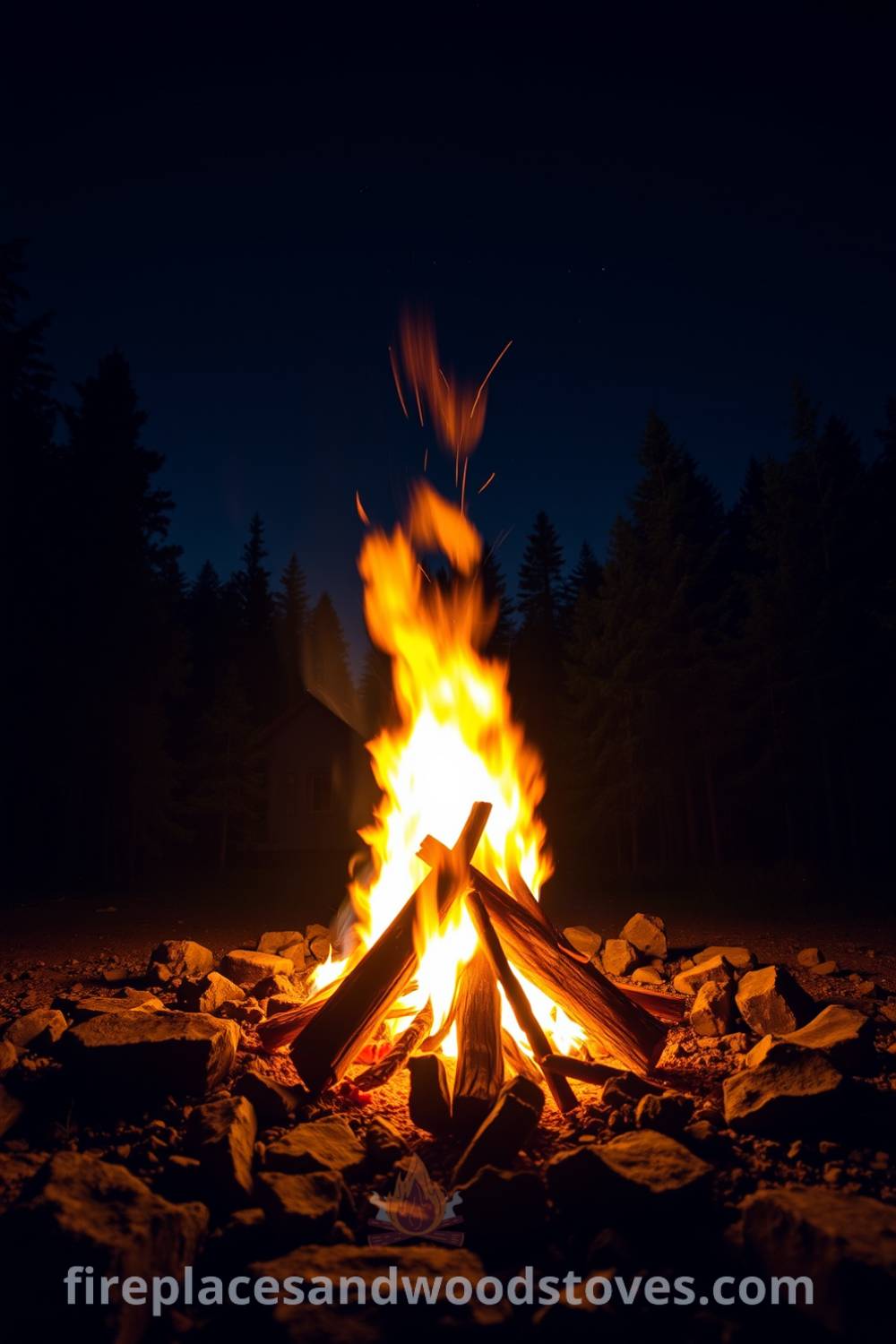
While starting a fire can be achieved with a few basic techniques, certain tools can enhance reliability and effectiveness. Here’s a list of essential tools you may consider bringing along for successful fire starting:
- Fire Starter Kits: These often come with various natural fire starters, tinder, and kindling, offering a complete solution for igniting fires in both wet and dry conditions.
- Windproof Lighters: Ideal for outdoor settings, these lighters provide a reliable ignition source even under adverse weather conditions.
- Hatchet or Axe: Essential for splitting larger pieces of wood into manageable sizes and accessing dryer inner layers.
- Fireproof Gloves: Useful for handling fragile materials or maintaining distance from hot flames while adjusting wood.
By equipping yourself with these tools, you’ll be better prepared to face various challenges related to fire starting, regardless of weather conditions. Incorporating these elements into your toolkit ensures greater success and a fulfilling experience with your fire-making endeavors.
